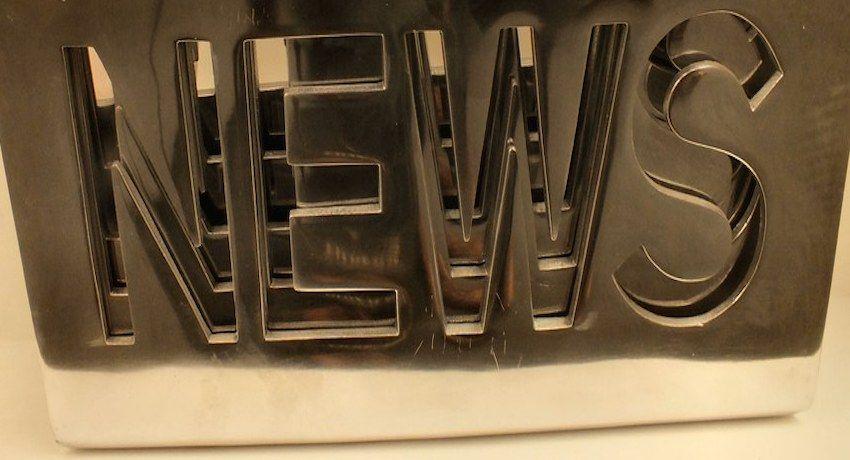
EU trade mark dispute: off-road vehicle climbing a hill
On 19 March, in case T-400/24, the General Court of the European Union (GCEU) ruled on the distinctiveness of a EU trade mark of Mercedes-Benz consisting of a sketch of a vehicle climbing a steep hill.
In December 2022, the German automotive company Mercedes-Benz Group AG applied to the European Union Intellectual Property Office (EUIPO) to register the EU figurative mark no. 018805110 for goods in classes 12 and 18 of the Nice Classification, including motor vehicles and their parts, tyres and wheels, leather and imitation leather, suitcases and travel bags.
At first instance, the EUIPO examiner partially refused the application for lack of distinctiveness in respect of goods in Class 12, including motor vehicles, their parts, tyres and wheels. Thereafter, the Board of Appeal dismissed the appeal, holding that the mark represents a typical off-road vehicle climbing a hill, thus illustrating generic characteristics of the vehicle without distinctive elements. It also noted that the relevant public, which consisted of consumers in the European Union with a high level of attention, would not perceive the image as an indication of commercial origin and that it was therefore devoid of any distinctive character.
The German company appealed to the General Court, which had to decide whether the mark was indeed lacking distinctive character. In this case, the Court considered that the sign was a common representation of an off-road vehicle, which lacked sufficient distinctiveness to be registered as a trade mark. It emphasised that, in order to be registrable, a mark must differ significantly from the typical representations in the relevant sector.
Although Mercedes-Benz claimed that the design of its mark resembled a unique sketch that consumers could easily remember, the Court concluded that the simplified graphic design of the mark was not sufficient to change consumers' perception, as it remained ordinary and typical for off-road vehicles. Therefore, the General Court dismissed the German company's appeal.
EU trade mark dispute: may tea
On 26 February, the General Court of the European Union ruled in case T-1066/23 on the likelihood of confusion for conceptual identity in different languages.
The UK company Schweppes International Ltd registered four EU figurative marks containing the term 'MAY TEA' with the EUIPO (Nos. 014841373, 018092427, 018040282 and 01579872). The trademarks cover flavoured tea-based beverages (non-medical) and flavoured iced tea (non-medical) in Class 30, and non-alcoholic tea-flavoured beverages or lemonades in Class 32. However, in November 2020, the Russian company Mayo OOO filed an application for a declaration of invalidity in respect of these marks, based on its earlier international trade mark no. 678625 'майский чай' ('may tea' in Russian), designating the Czech Republic, Germany, France, Latvia, Poland and Slovakia for 'tea' in class 30.
At first instance, the Cancellation Division of the EUIPO rejected May's applications. However, the Board of Appeal overturned this decision and upheld the invalidity applications on the basis of a likelihood of confusion under Article 8(1)(b) of the EUTMR. It based its analysis on the earlier international registration of the word mark and the relevant Latvian public, which is familiar with both English and Russian, and concluded that the contested marks would be perceived as a literal translation of the earlier mark. In addition, the Board stated that the conceptual identity of the marks outweighed their visual or phonetic differences, which could lead consumers to believe that the goods came from the same or related companies. As the likelihood of confusion was sufficient in a single Member State, the Board confirmed the invalidity without having to assess other earlier rights invoked.
Schweppes appealed against that decision to the General Court of the European Union, which had to determine whether there was a likelihood of confusion between the marks at issue.
The General Court annulled the decision of the Board of Appeal on the ground that there was no likelihood of confusion between the marks at issue. It confirmed that the goods were intended for a public with a medium level of attention and that there was a relationship of identity or similarity between them. As regards the comparison of the signs, the Court noted that the figurative elements of the disputed marks were merely decorative, which means that consumers would attach greater importance to the word elements. It also stated that the word 'tea' was descriptive and that the word 'may' was distinctive. Visually and phonetically, the marks had significant differences which limited their overall similarity.
Regarding the conceptual analysis, the Court agreed that the marks had the same meaning and that the relevant Latvian public with knowledge of English and Russian could directly associate them. However, it pointed out that the need for translation could affect the conceptual comparison and that linguistic differences alone were not sufficient to rule out similarity. In its analysis of the case law, the Court distinguished this case from other decisions in which conceptual similarity was denied, arguing that, unlike those cases, the words at issue here were part of the basic vocabulary of both languages and were in the same grammatical order.
Lastly, in terms of the likelihood of confusion, the Court emphasized that common elements with a weak distinctive character, such as 'tea', have a limited impact on the overall assessment. Since the goods were sold in self-service stores, where visual perception is key, the graphic and phonetic differences between the marks carried more weight than their conceptual identity.
Details
- Publication date
- 28 March 2025
- Author
- European Innovation Council and SMEs Executive Agency
